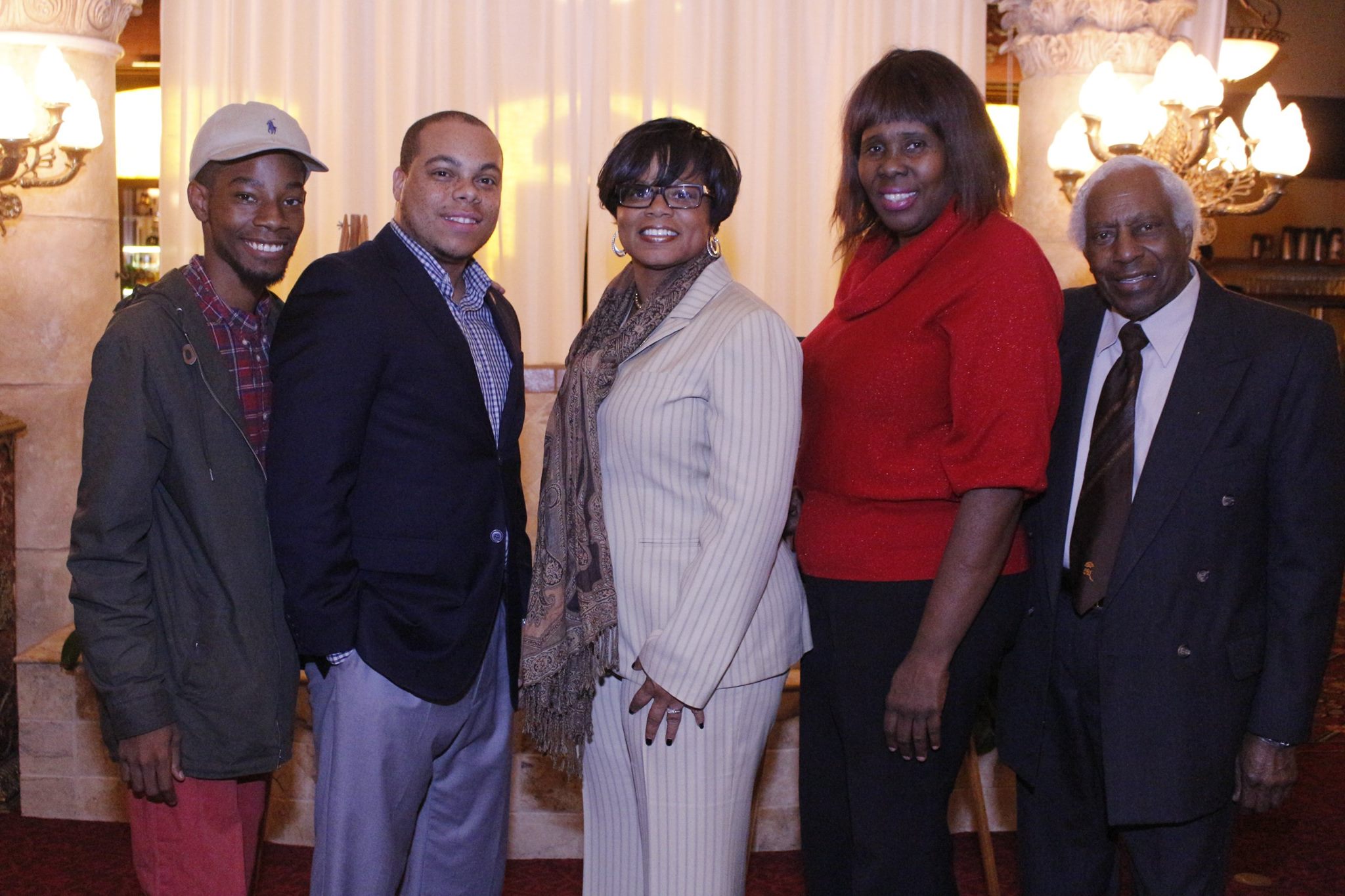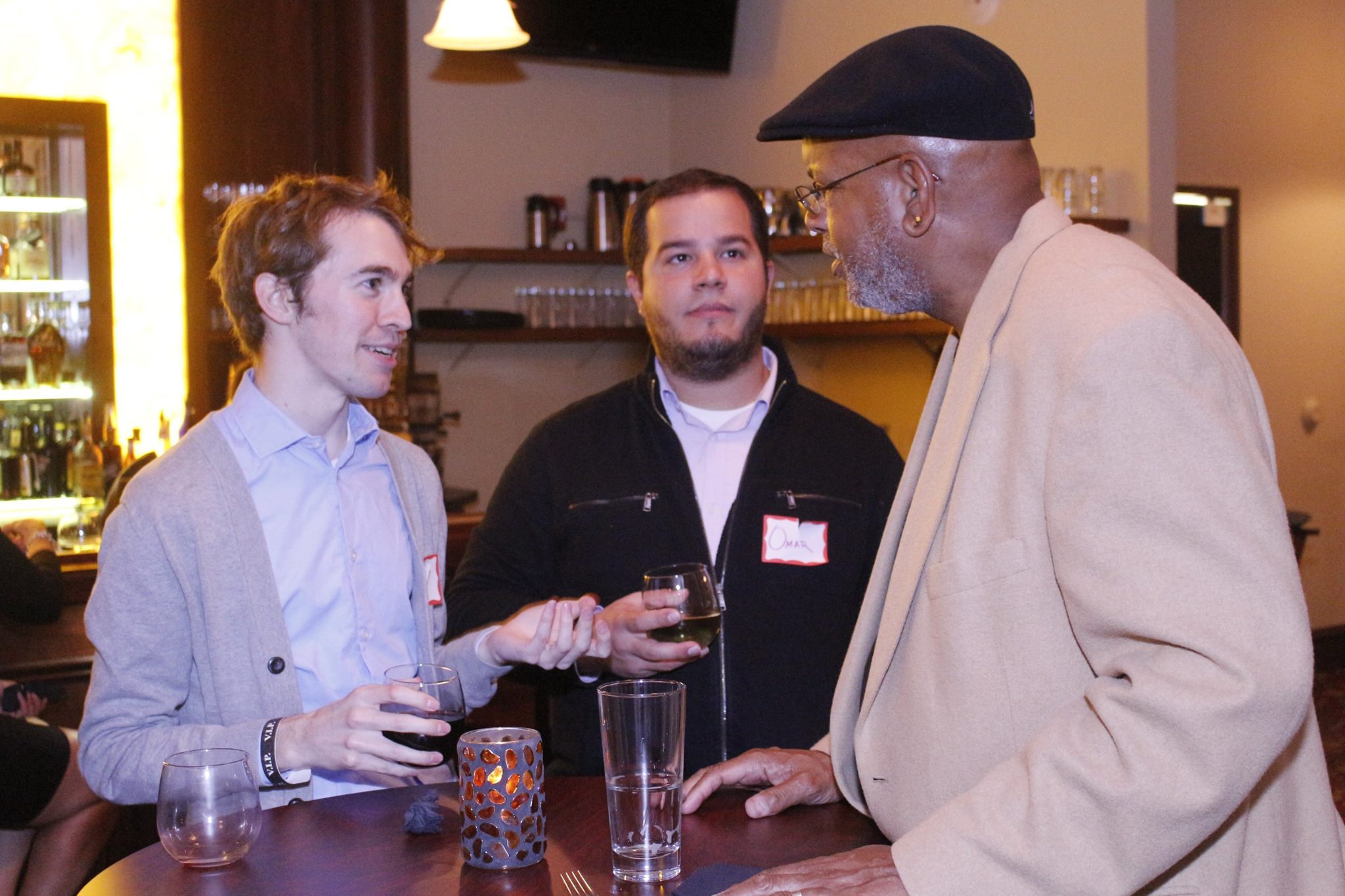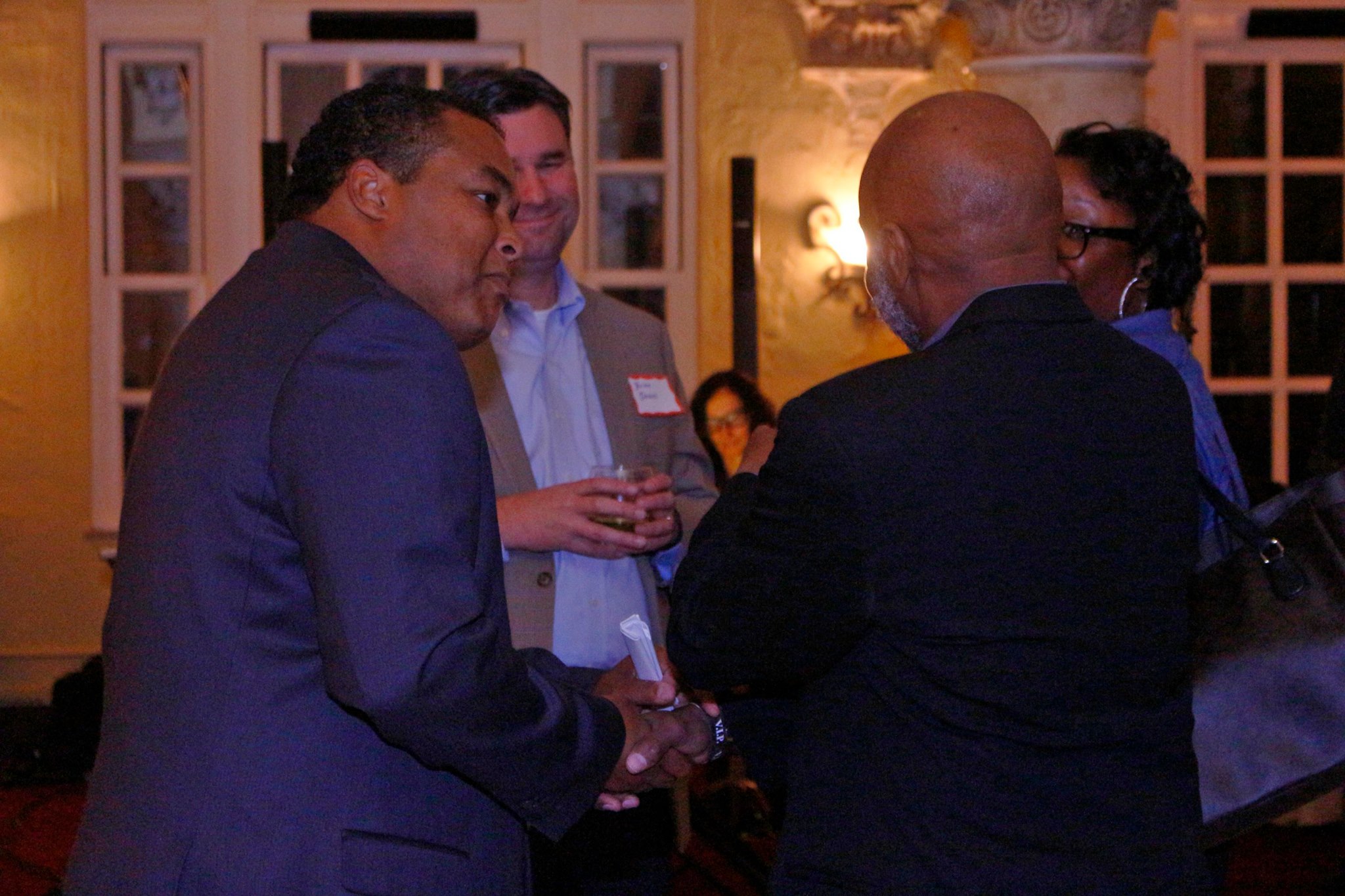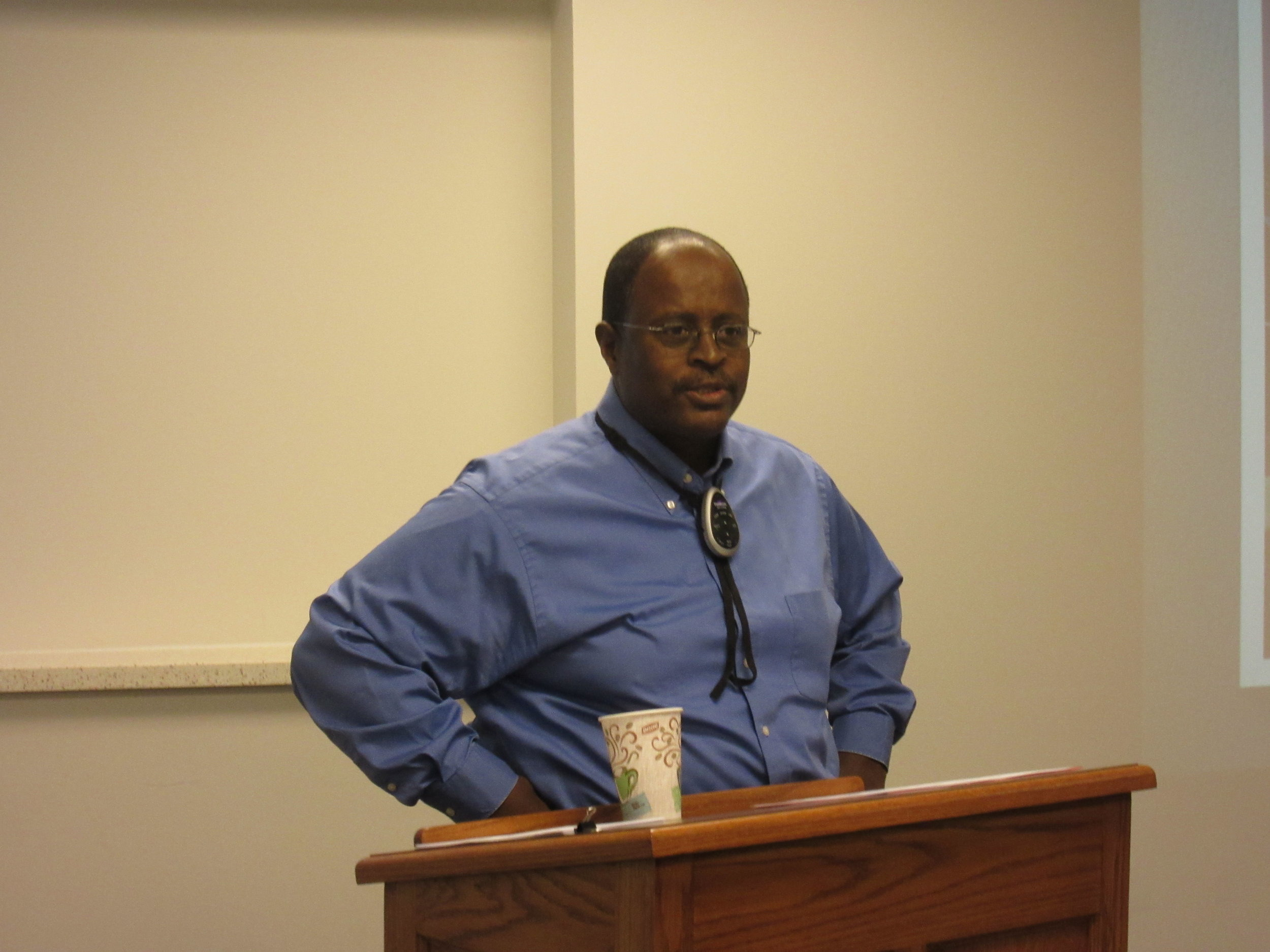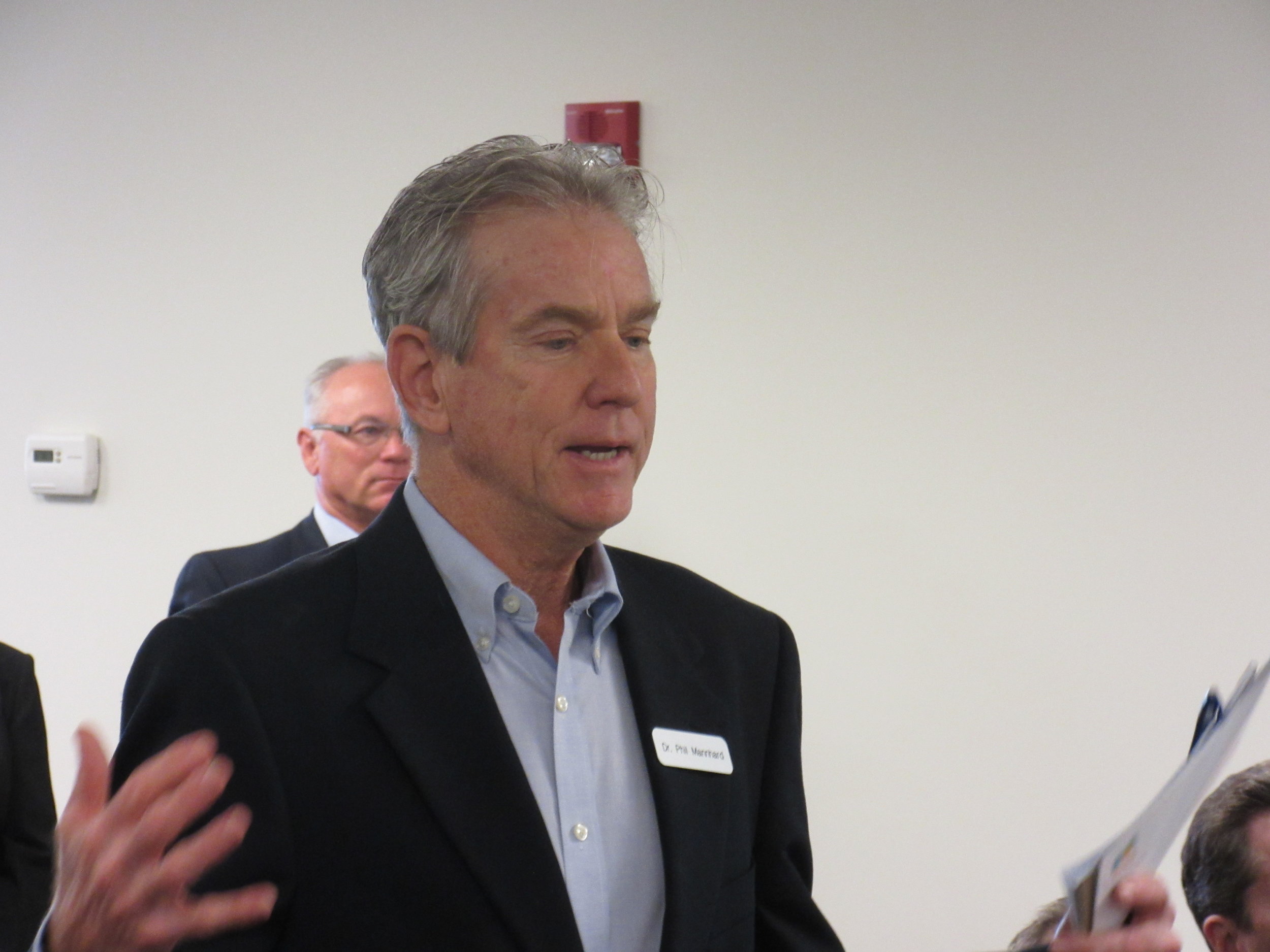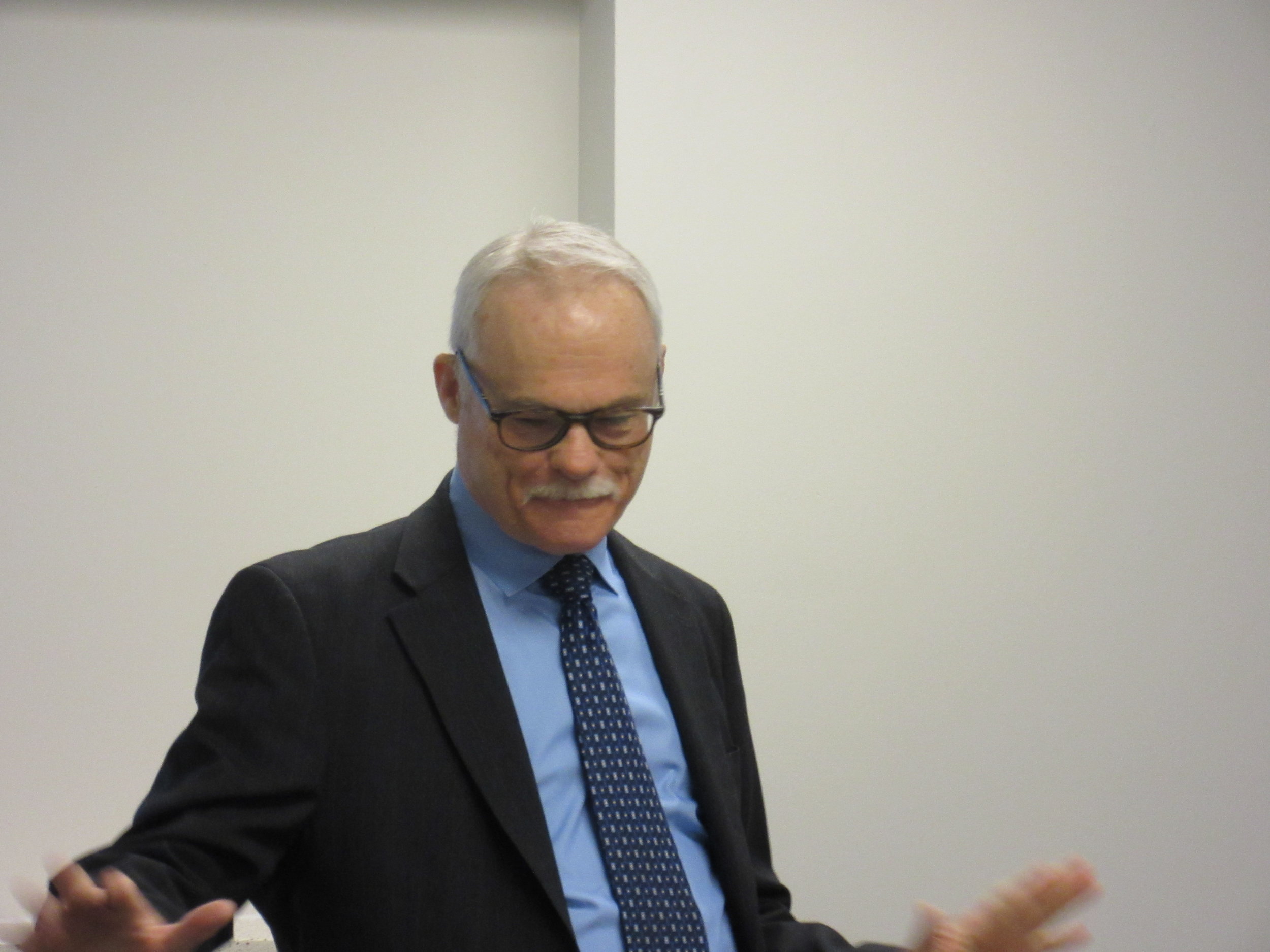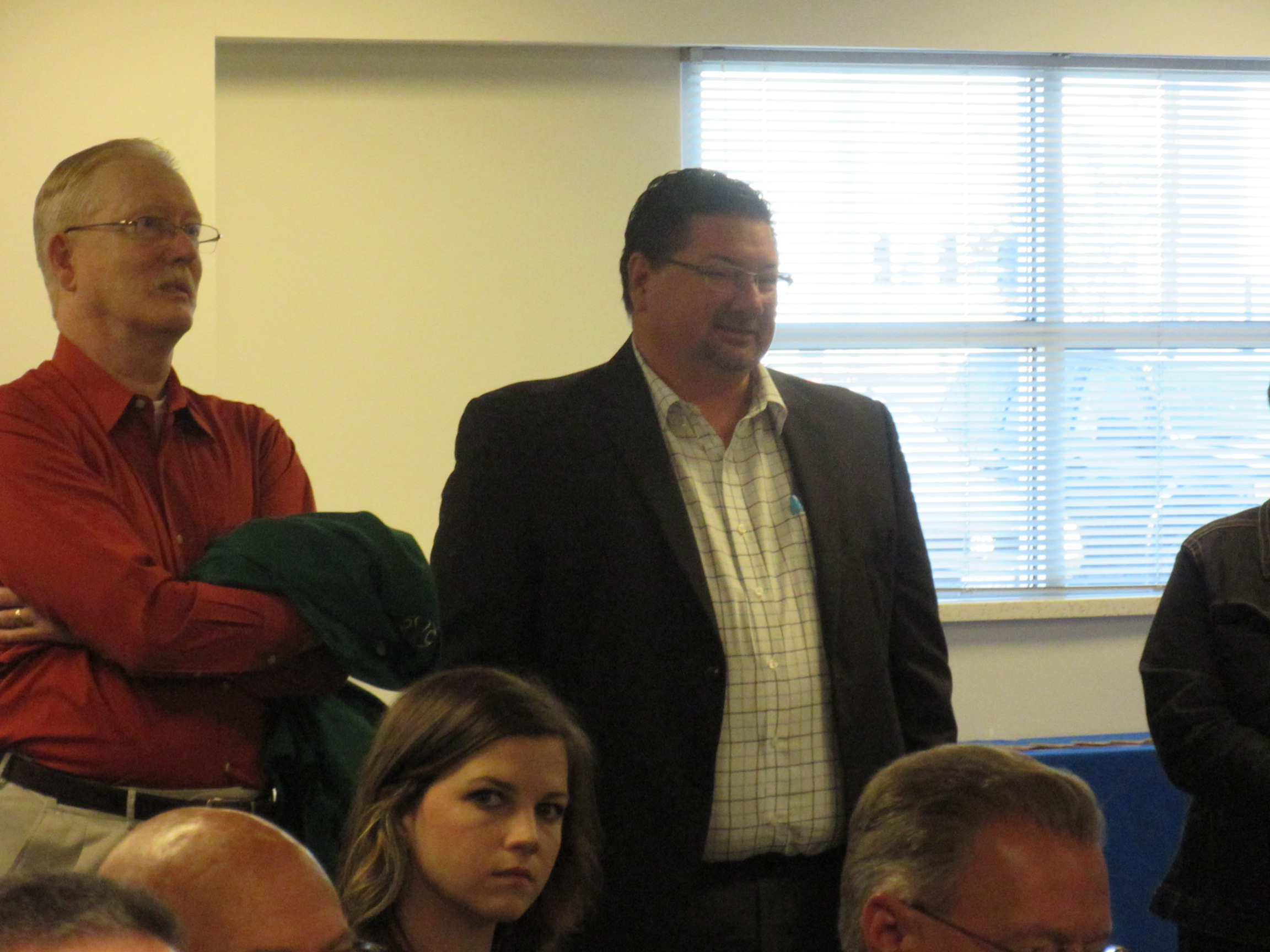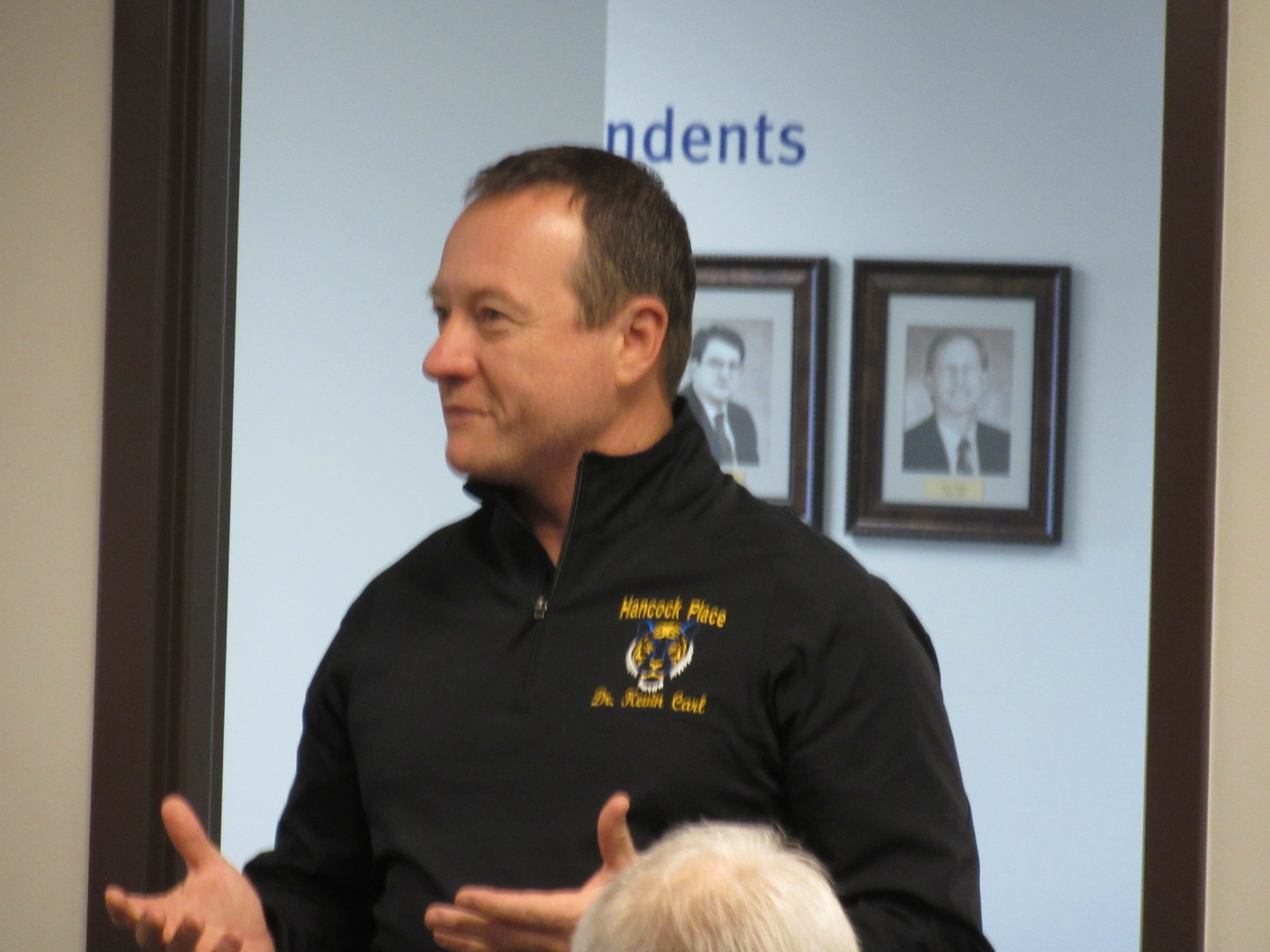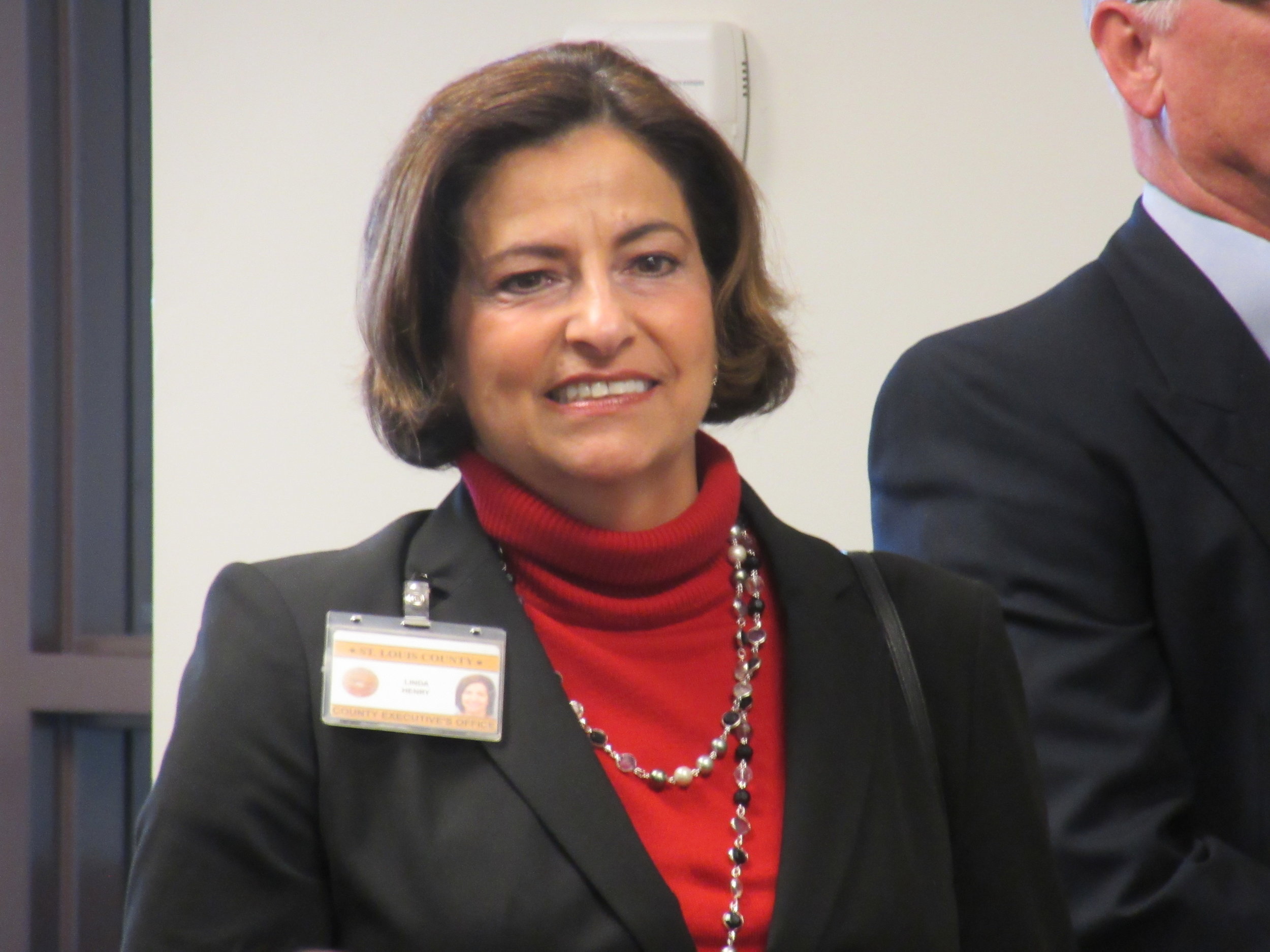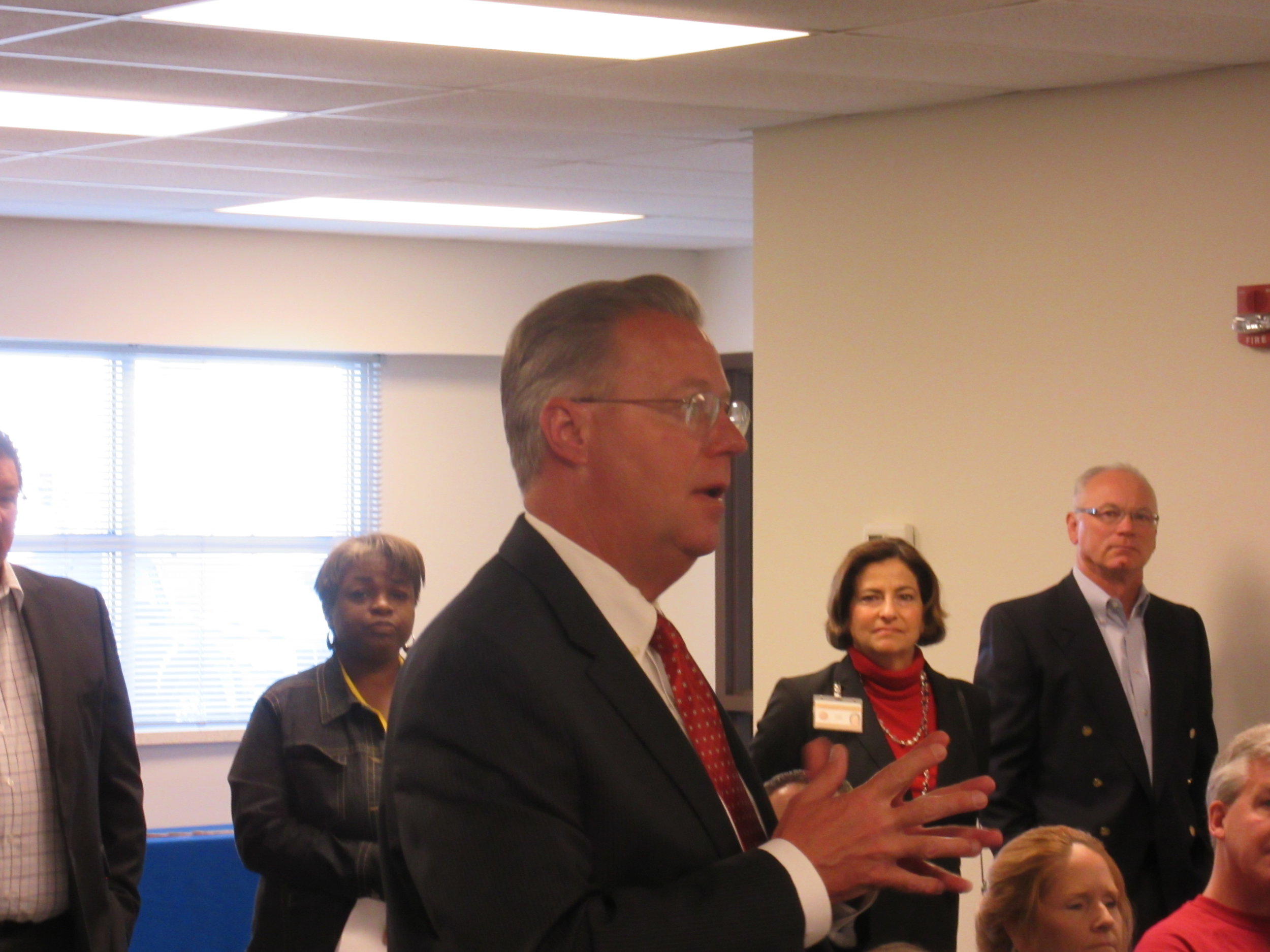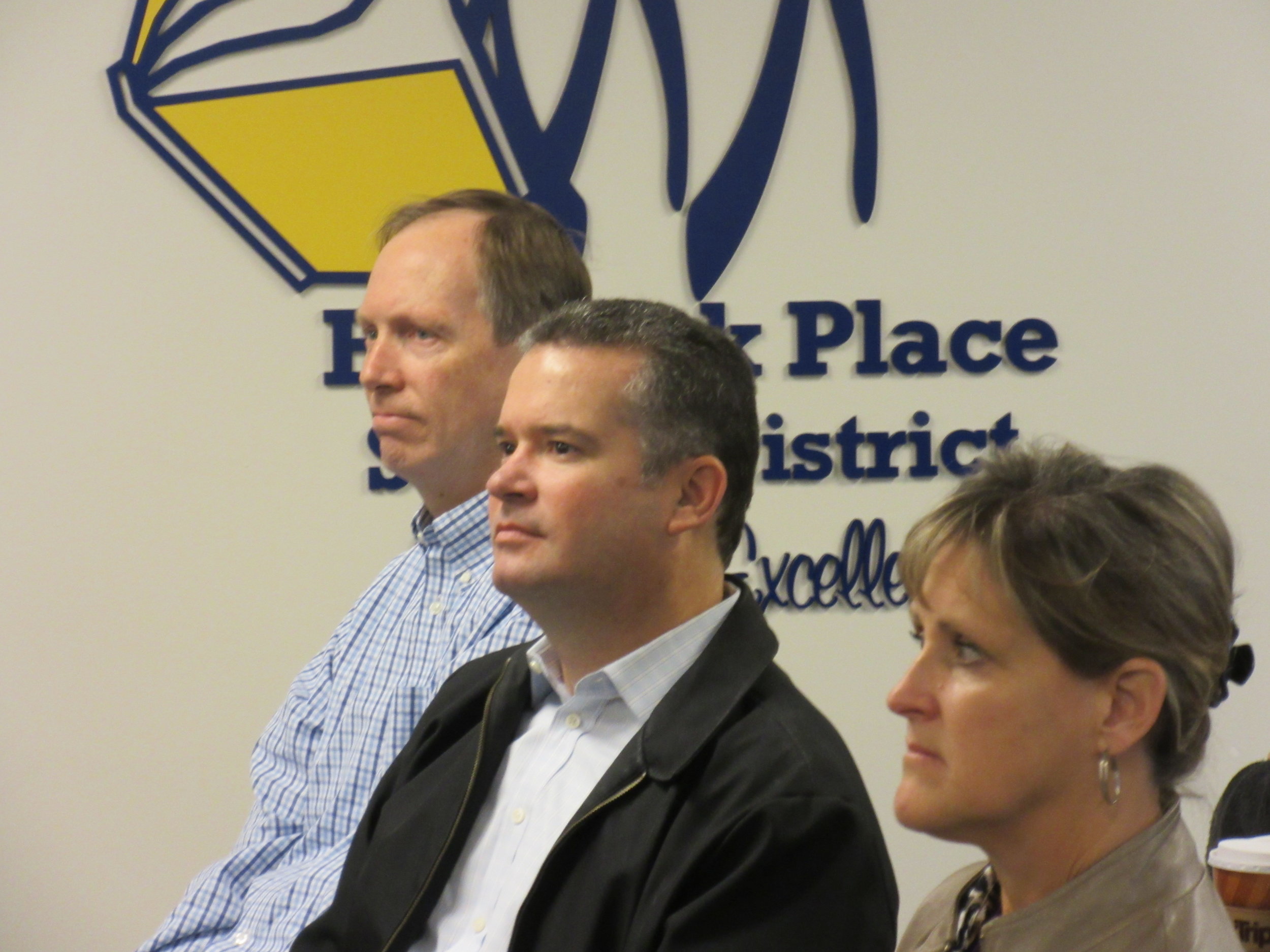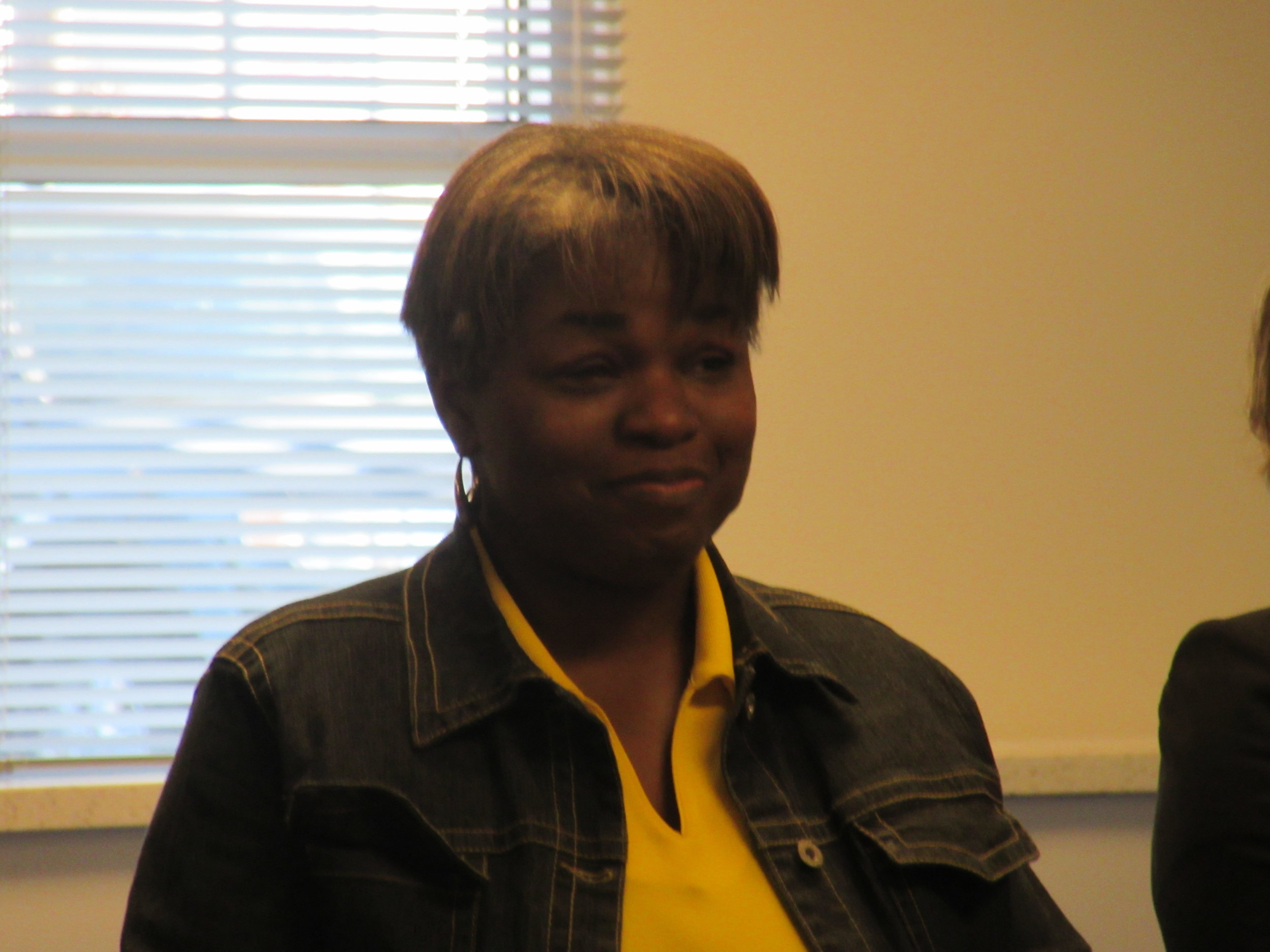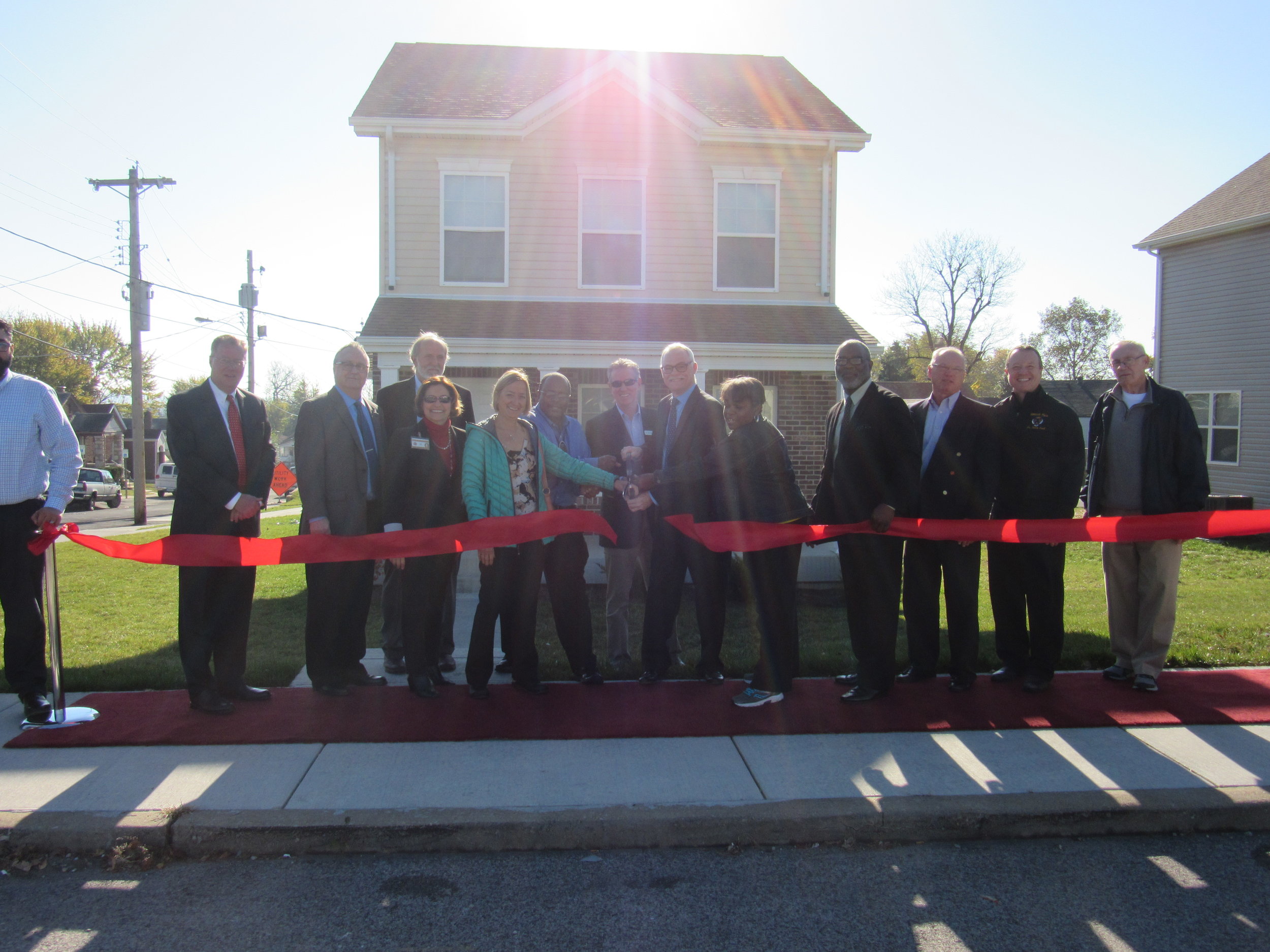Boosting Capacity to Serve North City: Community Renewal and Development, Inc. and North Newstead Association Formally Merge
Community Renewal and Development, Inc. Annual Community Dinner at Fresh Starts Community Garden in the Jeff-Vander-Lou neighborhood
Effective January 1st, two community development corporations (CDCs) that have been serving North St. Louis City for years joined together to boost their capacity, broaden their reach, and expand their collective expertise. Community Renewal and Development, Inc. (CRD) and North Newstead Association (NNA) decided last fall to formally merge into a new North Newstead Association. Former CRD Executive Director Sal Martinez, who previously served on NNA’s Board of Directors until November of 2016, has assumed the role of NNA’s new Executive Director. The plan to combine entities evolved from conversations facilitated by the Community Builders Network of Metro St. Louis (CBN) and was originally the idea of the new NNA’s Board President, Brian Davies of Great Southern Bank.
In response to the challenging environment facing CDCs in the St. Louis region, CBN has led ongoing conversations on potential partnerships and mergers among CDCs for several years. In 2016, Creating Whole Communities published a case study on the 2014 merger of Shaw Neighborhood Housing Corporation, Grand Oak Hill Community Corporation, and Southwest Garden Housing Corporation into Tower Grove Neighborhoods Community Development Corporation. That report emphasized increased capacity, diverse programming, and enhanced resilience as possible major benefits of CDC mergers.
Brian Davies, North Newstead Association Board President
Those opportunities were drivers behind NNA and CRD’s joint decision to merge. The CDCs had complementary missions, skill sets, and place-based footprints, and they liked the idea of pursuing funding and resources as a stronger unified body. All stakeholders felt the merger was in the best interest of the organizations and their neighborhood residents, and both Boards of Directors supported the move unanimously.
“We’re bringing together some great things under one roof,” Martinez explained. Although both organizations primarily serve North St. Louis City residents, NNA has focused chiefly on housing production, while CRD has concentrated more heavily on human and social services.
NNA has been serving the neighborhoods of Penrose, O’Fallon, Fairgrounds, and the Greater Ville for over 20 years. The organization owns 128 units of affordable housing and provides programming related to economic development, beautification, and landlord and energy conservation training. Over the past 12 years, CRD has been both a facilitator of housing development and a social service provider in the neighborhoods it serves, coordinating initiatives related to public safety, jobs for young adults, neighborhood beautification, and support for minority- and women-owned construction firms. CRD has also supported the Jeff-Vander-Lou neighborhood’s Fresh Starts Community Garden by recruiting volunteers and raising funds to pay workers, expand raised beds, and purchase garden equipment and supplies. Garden leader Rosie Willis is one of two of CRD’s neighborhood residents who will be serving on the new NNA’s 10-member Board of Directors.
With the two organizations merged under NNA’s name, CRD’s previous service area—which covered the Jeff-Vander-Lou, St. Louis Place, Columbus Square and Carr Square neighborhoods alongside part of Old North—will now be a part of NNA’s footprint, too. NNA recently received re-certification as a Community Based Development Organization (CBDO) from St. Louis City’s Community Development Administration (CDA).
Sal Martinez, North Newstead Association Executive Director
Both NNA and CRD transferred ongoing projects to the new NNA’s umbrella. NNA was already preparing to convert the O’Fallon neighborhood’s vacant, historic Harrison School into quality, affordable senior housing, a community need highlighted by recent market studies. NNA has also partnered with residents, the St. Louis City Metropolitan Police Department, the Circuit Attorney’s Office, and the St. Louis Agency on Training and Employment (SLATE) to roll out the NNA Neighborhood Safety Initiative, a CDA-funded, citizen-led training effort to reduce neighborhood crime. The program will include training sessions with community development experts, law enforcement, and consultants. A Crime Summit that will host national figures to discuss strategies for crime reduction, safety initiatives, and funding opportunities is planned for later this year.
Before becoming a part of NNA, CRD (in partnership with Rise Community Development) was developing a blended homebuyer and home repair assistance program as a part of the recently funded Choice Neighborhoods Initiative in North St. Louis City. Further support for that project comes from a CBN- and St. Louis Community Reinvestment Association-sponsored Ladder of Capacity Building Grant, as well as $1 million in collective support from three local banks: Midland States Bank, Great Southern Bank, and Commerce Bank. The arrival of the new National Geospatial Agency (NGA) campus in the Choice Neighborhoods footprint could spark further momentum for the project.
As it moves forward with these projects, NNA is also seeking out new ways to spur ongoing revitalization in the communities it serves. Martinez is looking forward to bringing new services to the community and building bridges between local officials and residents. “One of the most important roles of a CDC in today’s urban environment is that of a liaison between the community and law enforcement,” he said. “We have a lot more in common than we do differences.”
When asked about the merger process, Martinez credited the smooth transition to the clear vision of both Boards of Directors. When Deanetta James, who had served as CRD’s Board President since the organization’s inception, learned she might be replaced in an election that would determine the Board President of the new NNA, her response was gracious: “I don’t care about the title. I care about making the community better.”
“She was selfless enough to not get upset about that,” Martinez said. He went on to explain that during organizational mergers, it’s important that everyone keep their egos in check. “We all have them,” he acknowledged. “But you have to keep your eyes on the prize. If we’re committed to the improvement of the community, our actions have to reflect that.”
Martinez also emphasized the importance of ensuring all stakeholders are treated with respect. Since merger-related tensions are sometimes inevitable, he suggested that organizations consider bringing in a skilled facilitator to navigate conflicts and help everyone understand the passions and contributions each stakeholder brings to the table. “A merger always means change, and sometimes people are afraid of and resistant to change,” Martinez observed.
For the most part, NNA and CRD avoided these types of roadblocks. All involved saw that the merger was in everyone’s best interest, including the community’s. Martinez further attributed their success to the counsel of Spencer Fane’s Tom Jerry, who helped handle legal details. Jerry also serves on the Board of Commissioners for the St. Louis Housing Authority.
As the new NNA hits the ground running, Martinez will be making rounds at neighborhood meetings during coming weeks to introduce himself and the new organization. “In the neighborhoods that CRD used to serve, I’m now the common bond,” Martinez said. “I’ll be going in to say, ‘I’m still here, and this is my hat now. Here’s our commitment.’ As hard as CRD worked, NNA will work even harder.”
Fortunately, Martinez already has many friends, acquaintances, and associates in NNA’s footprint thanks to his decades of experience in the St. Louis community development world. The same is true of former CRD and NNA board members, many of whom know one another socially even if they haven’t worked together before.
Moreover, they’re united by a collective mindset and what Martinez called “a shared love of community.”
“What happens in Jeff-Vander-Lou affects O’Fallon. What happens in Penrose affects Carr Square,” Martinez said. “We’re all in North City, trying to bring resources to the community. Let’s do it together.”
Below are photos (courtesy of John Scott) from North Newstead Association’s First Annual Community Development Celebration, held in November 2016.
Written by Jenny Connelly-Bowen, CBN Graduate Research Assistant


